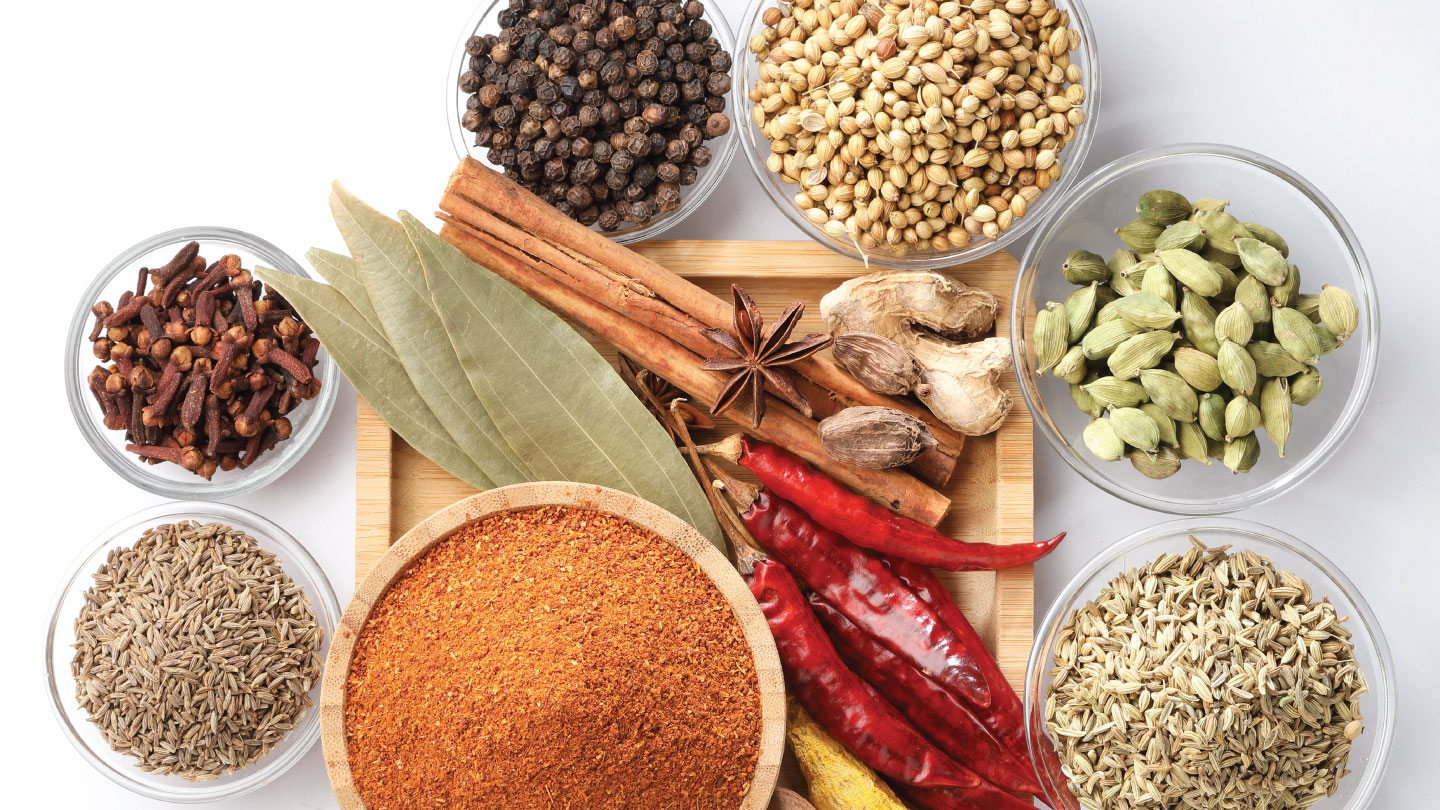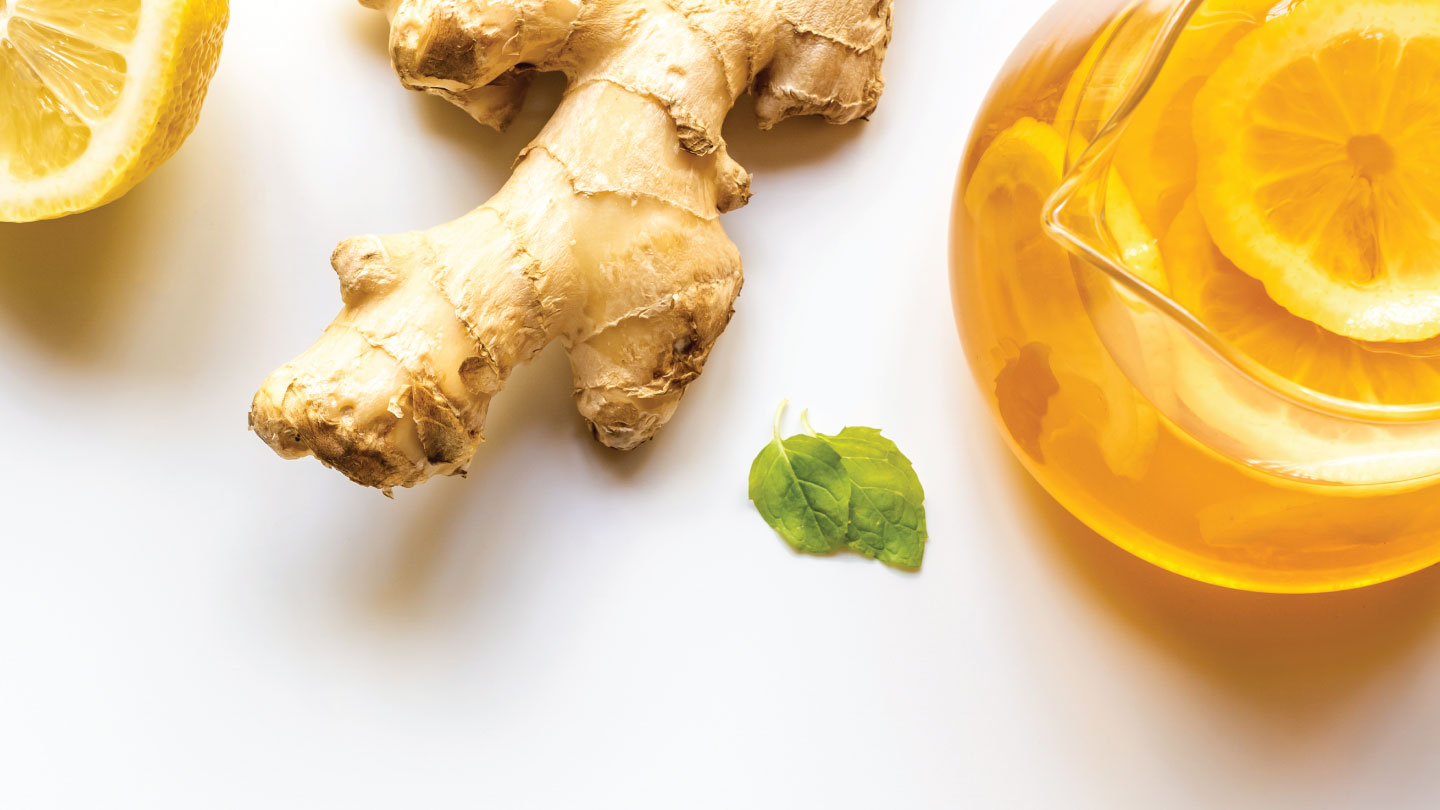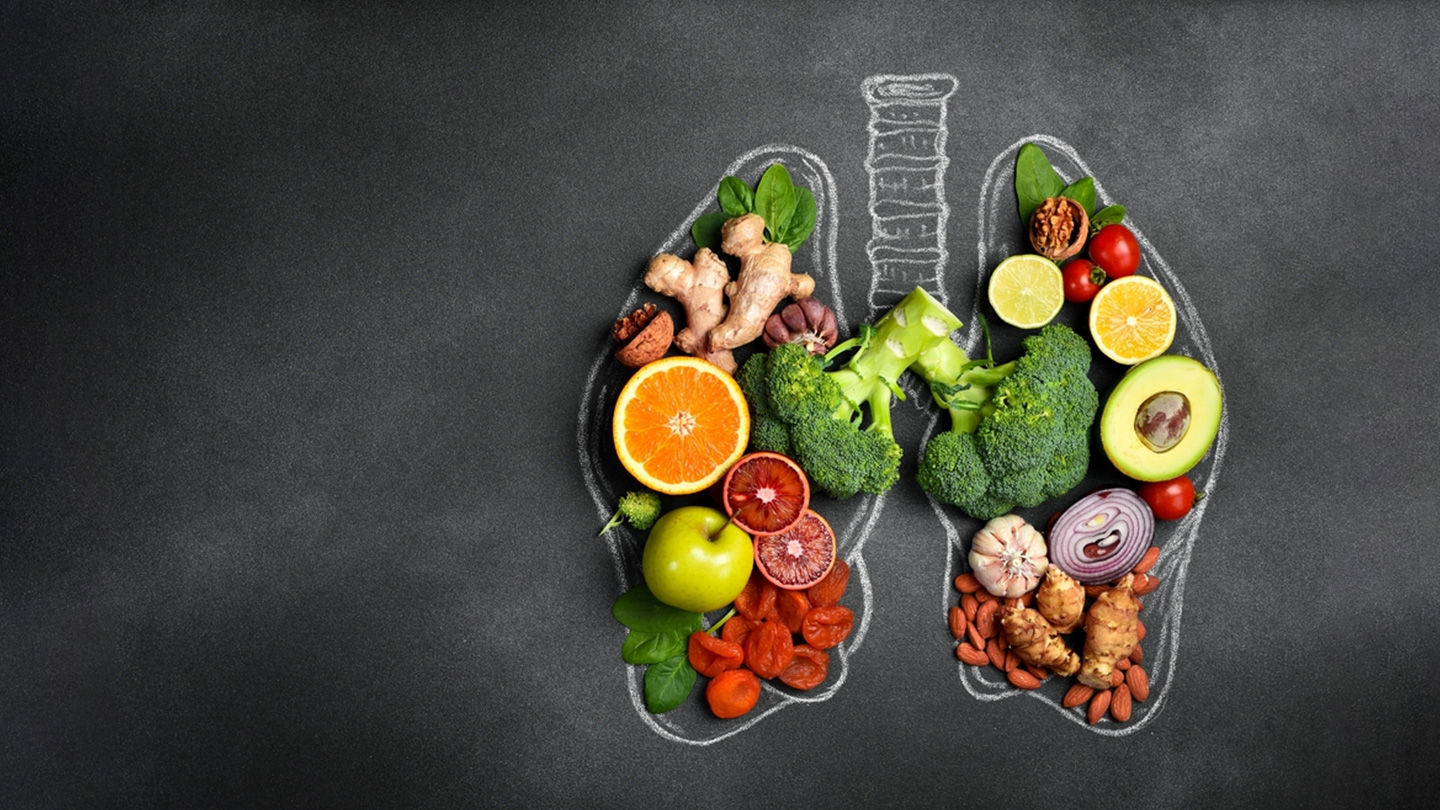Nutrition
The Hidden Benefits in The Indian Masala Box
Your spice rack is a mini pharmacy. From taming inflammation to steadying blood sugar, these common masalas do much more than just enhancing flavour.

In India, masalas are as essential as salt, but most of us use them only for flavour. The truth: when used right, spices pack clinically studied compounds that support digestion, inflammation, heart, and metabolic health. Let’s explore common spices, highlighting the active ingredients that make them health powerhouses while offering practical and lesser-known tips to maximise their benefits in daily meals.
1) Turmeric (+ black pepper): the anti-inflammatory power couple
What’s inside: curcumin (turmeric) and piperine (black pepper).
Why it's powerful: Curcumin has strong anti-inflammatory and antioxidant effects, but it’s poorly absorbed on its own. Piperine in black pepper increases curcumin’s bioavailability dramatically; a simple dash of pepper makes your turmeric work harder.
Kitchen tip: Add fresh-crushed black pepper to turmeric milk, dal, or sabzi. Use turmeric towards the end of cooking or in warm milk; long, high-heat cooking can degrade some curcuminoids.
Related Story: Spice Synergy: When Indian Flavours Work Better Together
2) Garam masala: small blend, big digestive benefits
Typical mix: cinnamon, cardamom, cloves, black pepper, cumin, coriander, bay leaf, sometimes nutmeg.
Why it’s powerful: This spice mix is rich in various compounds like linalool, cuminaldehyde, cineole, cinnamaldehyde, eugenol, and piperine that offer digestive support, antioxidants, and mild anti-inflammatory action. A few pinches across meals add up to measurable effects on digestion and oxidative stress.
Kitchen tip: Sprinkle garam masala after cooking (or in the last minute) to preserve volatile oils that aid digestion and aroma. Keep a jar of freshly toasted, coarsely ground garam masala for maximum potency.
3) Fenugreek (methi) seeds/powder: a stealthy blood-sugar ally
What’s inside: soluble fibre, 4-hydroxyisoleucine, and other bioactives.
Why it’s powerful: A 2023 study on the Effect of Fenugreek on Hyperglycemia published in Medicina Journal, concluded that fenugreek can help lower fasting glucose and improve insulin response when used consistently.
Kitchen tip: Soak 1 tsp fenugreek seeds overnight and drink the strained water in the morning, or add 1–2 tsp fenugreek powder to chutneys and rotis. Start small, as its bitter edge can be strong.
Related Story: Methi Roti
4) Cinnamon: sweet flavour, smart glycemic effect
What’s inside: cinnamaldehyde and polyphenols.
Why it’s powerful: A 2013 study published in the Annals of Family Medicine found that cinnamon helps with reductions in fasting glucose and improvements in lipid profiles in some populations. It is useful as part of a broader diet strategy (not a stand-alone cure).
Kitchen tip: Sprinkle cinnamon into morning porridge, smoothies, or buttermilk. Avoid overuse (a little goes a long way) and prefer Ceylon cinnamon for regular use as it has less coumarin (a compound that can harm the liver).
5) Cumin (jeera): the digestion booster you already own
What’s inside: volatile oils like cuminaldehyde and terpenes.
Why it’s powerful: Cumin increases digestive enzyme activity and has shown benefits for people with IBS and general dyspepsia. It’s also traditionally used to reduce bloating and improve appetite.
Kitchen tip: Roast cumin seeds until aromatic and store whole, crush fresh for tadkas, raitas, or lemon-jeera water for after-meals digestion support.
Related Story: Sip Away Inflammation With These Drinks
6) Ajwain (carom seeds) and fennel: quick fixes for gas and bloating
What’s inside: thymol (ajwain) and anethole (fennel).
Why it’s powerful: Both are carminative, i.e., they relax and smoothen the gut muscle and ease trapped gas. Fennel also soothes spasms and can be made into a cooling post-meal tea.
Kitchen tip: Keep a small jar of roasted ajwain at the dining table for chewing after spicy meals; fennel tea (crushed seeds steeped in hot water) is great after a heavy lunch.
Related Story: Your Guide To Adaptogenic Teas For Mental Health
7) Cloves, cardamom, and bay leaf: small uses, big functional wins
Cloves: analgesic and antiseptic, chew a clove for temporary tooth pain or add to simmering soups.
Cardamom: breath freshener, helps with mild indigestion and nausea.
Bay leaf (tej patta): traditional digestive aid used in slow-cooked dals and stews.
Kitchen tip: Make a simple spice sachet for slow-cooking dals (1 bay leaf + 2 crushed cloves + 1 cardamom pod). This way, you get flavour and discreet functional benefits without changing the dish.
Want a personalised way to weave these spice strategies into your meals, based on your health goals (weight, diabetes, gut health, or heart care)? Book a 1:1 with a UR.Life dietician. We’ll tailor practical spice swaps, portion-friendly recipes, and a simple daily plan so your masala box works for you.
EXPLORE MORE
Soothe winter inflammation, boost gut health, and support immunity with these 3 easy-to-make drinks
These little-known but powerful missteps could be quietly derailing your fat-loss journey. Fix them, and your next breakthrough may be closer than you think.
The Indian wellness boom has made supplements a daily habit. Here’s what you need to know before self-prescribing.
Your plate plays an important role in maintaining your lung health. Here’s how everyday foods can improve breathing, reduce inflammation, and support long-term respiratory health.












